Last Updated on January 30, 2025 by Cathy

What is the Candida diet and how can it help me? First, you need to understand what Candida is. Candida is a yeast that lives in and on everybody – it’s natural. It’s when it becomes invasive that it becomes a problem (Candida). Especially for those with a compromised immune system like multiple sclerosis (MS).
Normally there’s a good balance of bacteria and yeast.
Antibiotics are the leading cause of candida overgrowth. Poor diet, lifestyle, and stress are other contributing factors.
Main causes of Candida overgrowth:
- Alcohol
- Antibiotics
- Antibiotics in meats
- Chlorinated water
- Compromised immune system
- Diabetes
- Diet high in sugar
- Exposure to chemicals, heavy metals, toxins, etc.
- Mold exposure
- Poor gut health
- Stress
Signs of yeast overgrowth:
- Acne
- Athletes foot
- Bloating
- Brain fog
- Constipation/diarrhea
- Depression/anxiety
- Food allergies
- Indigestion
- Nail fungus
- Poor concentration
- Stiff joints
- Sugar cravings
Testing for Candida
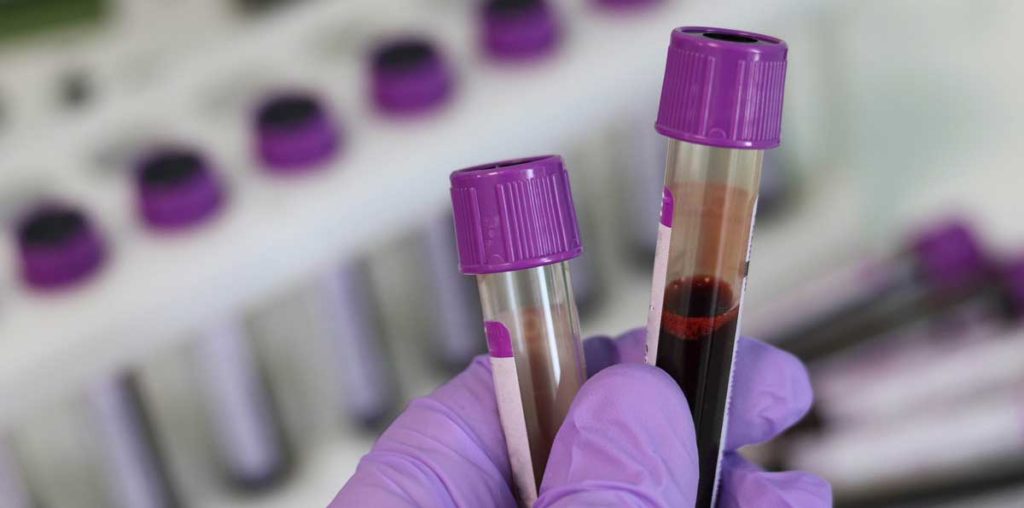
Unfortunately, conventional doctors don’t recognize Candida as the culprit to these problems. So it often gets overlooked. If you want to get tested it’s best to visit a functional medicine provider and they will run some tests.
There are also online labs, like Walk-in Labs, that have tests. They are easy to use and you won’t need a doctor’s referral. I was never tested. But looking at my symptoms and my lifestyle history I knew I was dealing with Candida overgrowth.
I followed the book Healing Multiple Sclerosis by Ann Boroch. Since I was already following a Paleo-based diet I stuck with it but followed the book’s recommendation on supplements. About two months later I visited a functional medicine doctor, after going over my history he recommended supplements so I started using what he suggested.
About two weeks later I noticed my heat intolerance was gone! I couldn’t believe it and tested it over and over by staying out in the heat. Since I started the Candida diet during colder months, I’m not sure exactly when it disappeared. I only noticed it was gone when it got hot.
Prepping for the Candida Diet
When I started the Candida diet I was already on a Paleo diet. So switching over to a more strict Candida diet was not that hard. However, if you are coming from the standard American diet (SAD) it’s best to start slowly. For the first couple of weeks start cutting out junk food and processed foods. Then start eating an anti-inflammatory diet.
To learn how to start an anti-inflammatory read: Anti-Inflammatory Diet For Beginners
Remove foods your body is sensitive to. You may need to try an elimination diet to find hidden foods you’re sensitive to. This is how I discovered I was sensitive to tomatoes and sweet peppers. These are both nightshades.
Starting the Candida Diet
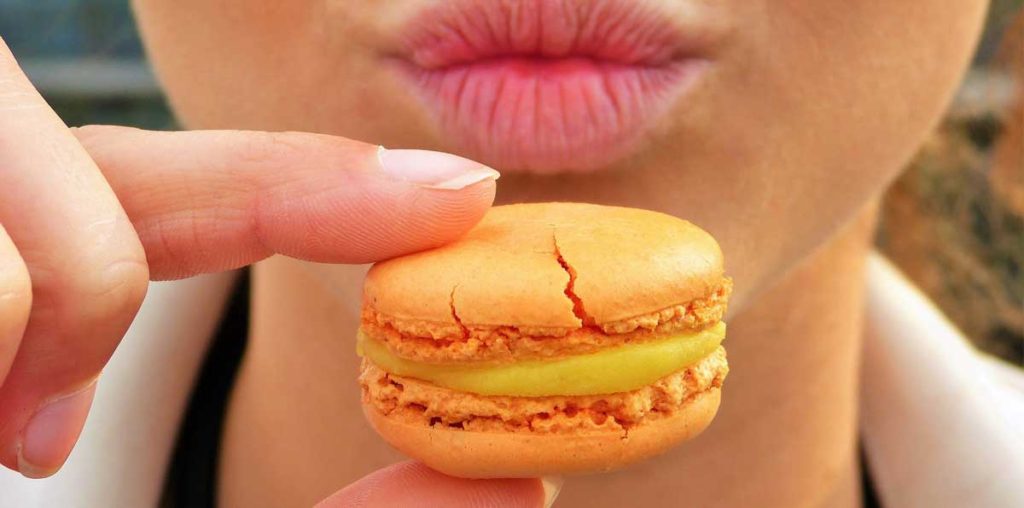
Now it is time to start the Candida diet. That means no more sweets, junk food, or any foods high in sugar. Candida feeds on sugar so you need to stop feeding it.
Start by eating a diet that is low in carbohydrates. Carbohydrates break down into sugar which feeds candida. You don’t necessarily need to keep track of your carbohydrates but you can if you want to.
If you want to keep track of your blood sugar you could count your carbs at each meal. Keep track by writing it down on a chart. Or use an app like MyFitnessPal.
There’s a free carb counter chart at the bottom of this post.
You could also get a glucose (blood sugar) meter. This is what diabetics use when they prick their fingers to test their blood. You will also need to get test strips. The meters are affordable. It’s the test strips that are expensive so look at the cost of the test strips before buying the meter.
But who wants to prick their finger every time they eat? Instead, I got an A1C blood test, which is a one-time blood work that gives you an average of your blood sugar level.
An A1C blood test checks to see where your blood sugar level is at. It tells a person what their average blood sugar was over the past three months. This is what diabetics use every three months to make sure their blood sugar level stays healthy.
A1C blood sugar readings:
- Normal = below 5.7
- Prediabetes = 5.7-6.4
- Diabetes = 6.5+
My A1C was 5.3 which my functional medicine doctor told me was at a good level. Dr. Terry Wahls, the author of The Wahls Protocol, recommends a level of 5.2 or lower. (See my results below.)

What to Eat on a Candida Diet
Since candida feeds on sugar you need to stop feeding it with high-sugar foods. That includes anything with sugar and processed foods. Even natural sugars like honey, maple syrup, and fruits like mangoes and grapes.
Yes, even some vegetables are higher in carbohydrates (sugar). These include starchy vegetables. Such as beets, carrots, parsnips, sweet potatoes, winter squash, and yams. They aren’t as high in sugar so you can still eat them, but not as often.
Candida feeds on sugar so you need to eat a low-sugar diet.
Everyone is different so listen to your body. It will tell you what it wants and does not want.
Since Candida feeds on sugar, you are going to crave foods you shouldn’t eat. For me, I craved fruit and it was a strong craving. But as you start cleansing your body you’ll notice your cravings aren’t as strong.
You may even notice you start to crave healthy foods like vegetables. I used to love eating asparagus and onions sautéed in olive oil with seasonings.
Eat all vegetables except corn, mushrooms (fungi), peas, and potatoes. Avoid nightshade vegetables for the first three months because they can cause inflammation. Nightshades include eggplant, tomatoes, and peppers.
List of Foods to Eat
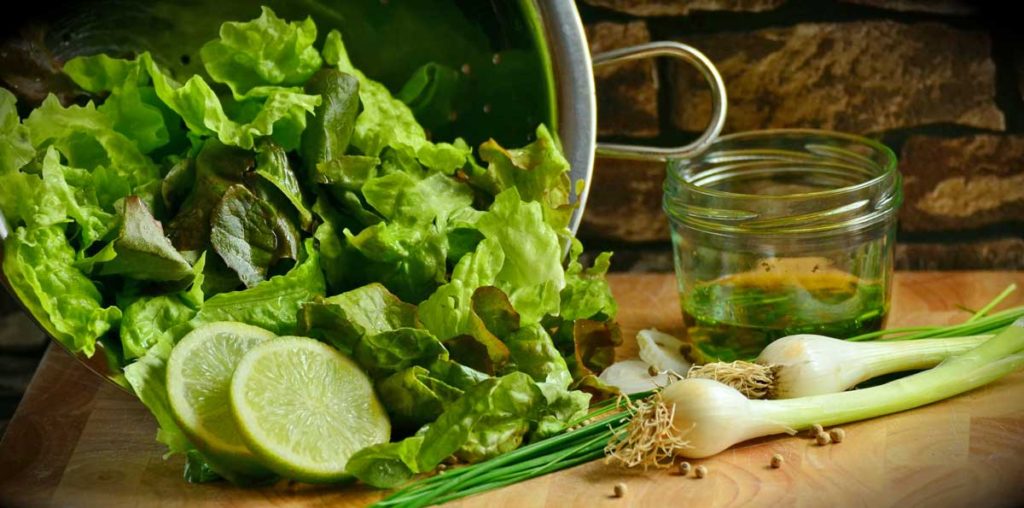
Below is a list of foods you can eat. Remember, everyone is different so you need to avoid any foods that cause problems:
Vegetables:
- Artichokes
- Asparagus
- Broccoli
- Brussels sprouts
- Cabbage
- Cauliflower
- Celery
- Cucumber
- Garlic
- Kale
- Leafy greens
- Leeks
- Okra
- Onions
- Radishes
- Rhubarb
- Rutabaga
- Spinach
- Turnips
- Zucchini
Vegetables to eat in moderation:
- Beets
- Carrots
- Parsnips
- Sweet potatoes
- Winter squash
- Yams
Low-sugar fruits, eat one a day or a small handful of berries (no dried fruit or fruit juices):
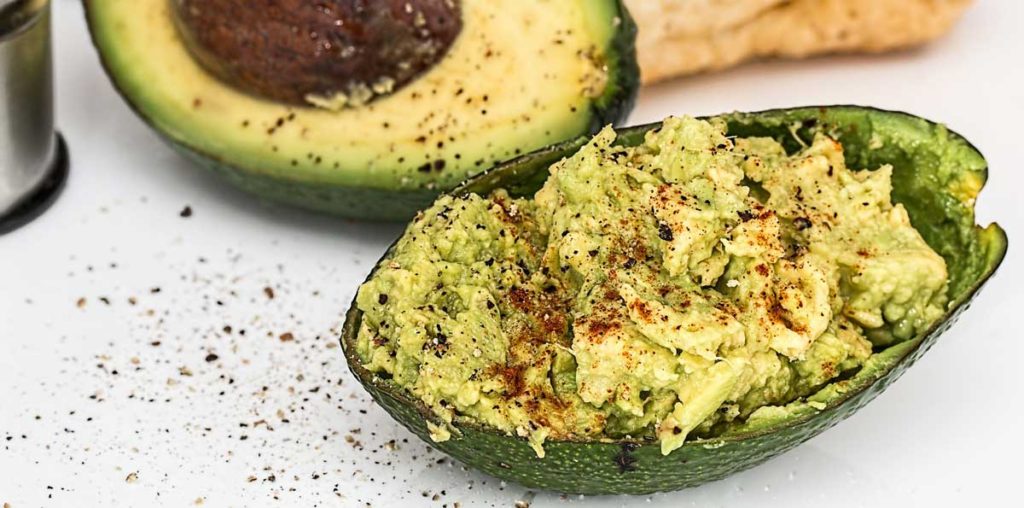
- Avocados
- Green apples
- Lemons
- Limes
- Olives
After 3 months you can start eating small amounts of other kinds of fruit.
Healthy oils:
- Almond oil
- Avocado oil
- Coconut oil
- Flaxseed oil
- Hempseed oil (not for cooking)
- Olive oil (cook on low heat only)
Herbs:
- All herbs are allowed, watch for premixed spices that have additives
Nuts and seeds:
- All except cashews and pistachios for the first 3 months (they are higher in mycotoxins)
Meats, antibiotic-free (eat small amounts):
- Wild-caught fish (avoid tuna, as it’s high in mercury, avoid shellfish for the first 3 months)
- Pasture-raised poultry
- Grass-fed and finished meats except for pork (red meat increases inflammation)
*It is best to avoid eggs while you are trying to heal. In the book The Wahls Protocol, Dr. Terry Wahls recommends people avoid eggs.
Quick Links To Information In This Post:
Anti-Inflammatory Diet For Beginners
How To Start An Elimination Diet
What Are Nightshades?
Avoid:
- Alcohol
- Coffee
- Caffeinated drinks
- Dried fruit
- Fruit juices
- Homemade kombucha (wild yeast)
- Spices containing additives, sugar, or yeast
- Vinegar
Antifungals:
Along with a low-sugar diet, it’s important to take antifungals to kill the overgrowth. Candida is hard to get under control, plus it likes to hide. Antifungals help by breaking down the biofilms Candida creates to protect itself. You can buy supplements like Formula SF722 but you may already have some antifungals in your kitchen.
Antifungals that fight Candida overgrowth:
- Berberine
- Caprylic acid (coconut oil)
- Cinnamon
- Formula SF722
- Garlic
- Ginger
- Grapefruit seed extract
- Olive oil
- Oregano oil
- Rutabaga
- Tea tree oil (good for putting on nail fungus)
What is the Candida diet?
The Candida diet is about getting healthy. Eating foods that will help clear up infections, detoxify, and lower inflammation. It will help your body by restoring your health.
Eating a Candida diet is strict. But don’t look at it as a loss, look at it as a way of healing your body. Try to be strict but if you do slip up don’t beat yourself up. You need to keep negative emotions out of your mind and get back on track.
You can do this!
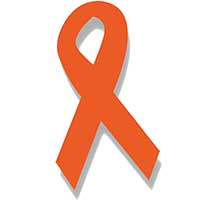
Carbohydrate Tracker
Subscribe for free and I’ll send you the password to my secret library filled with many printables including the carbohydrate tracker.
Want to remember this health tip? Pin it to your favorite Pinterest board!
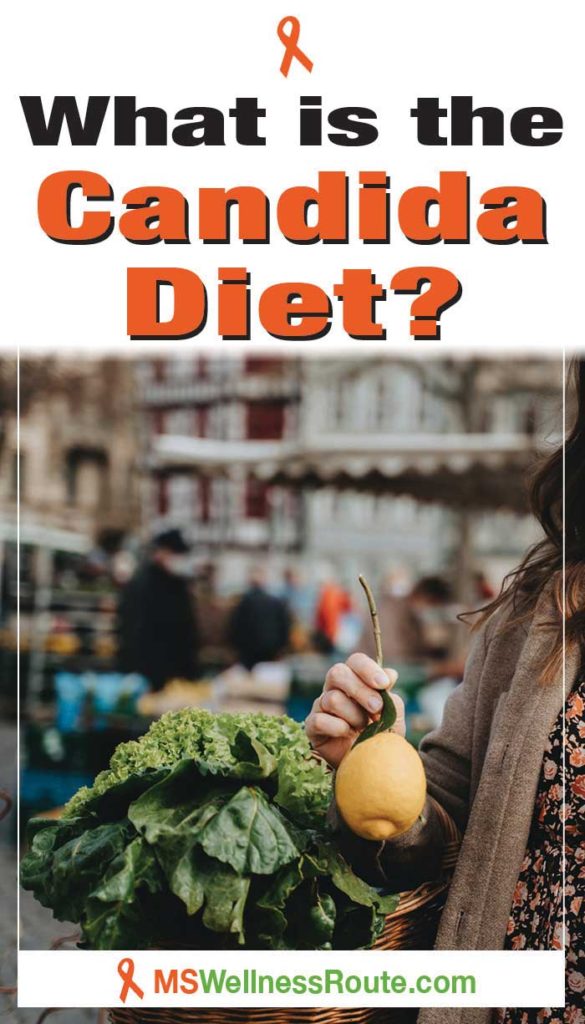
Photos courtesy of: pexels.com and pixabay.com.
What is the candida diet?





